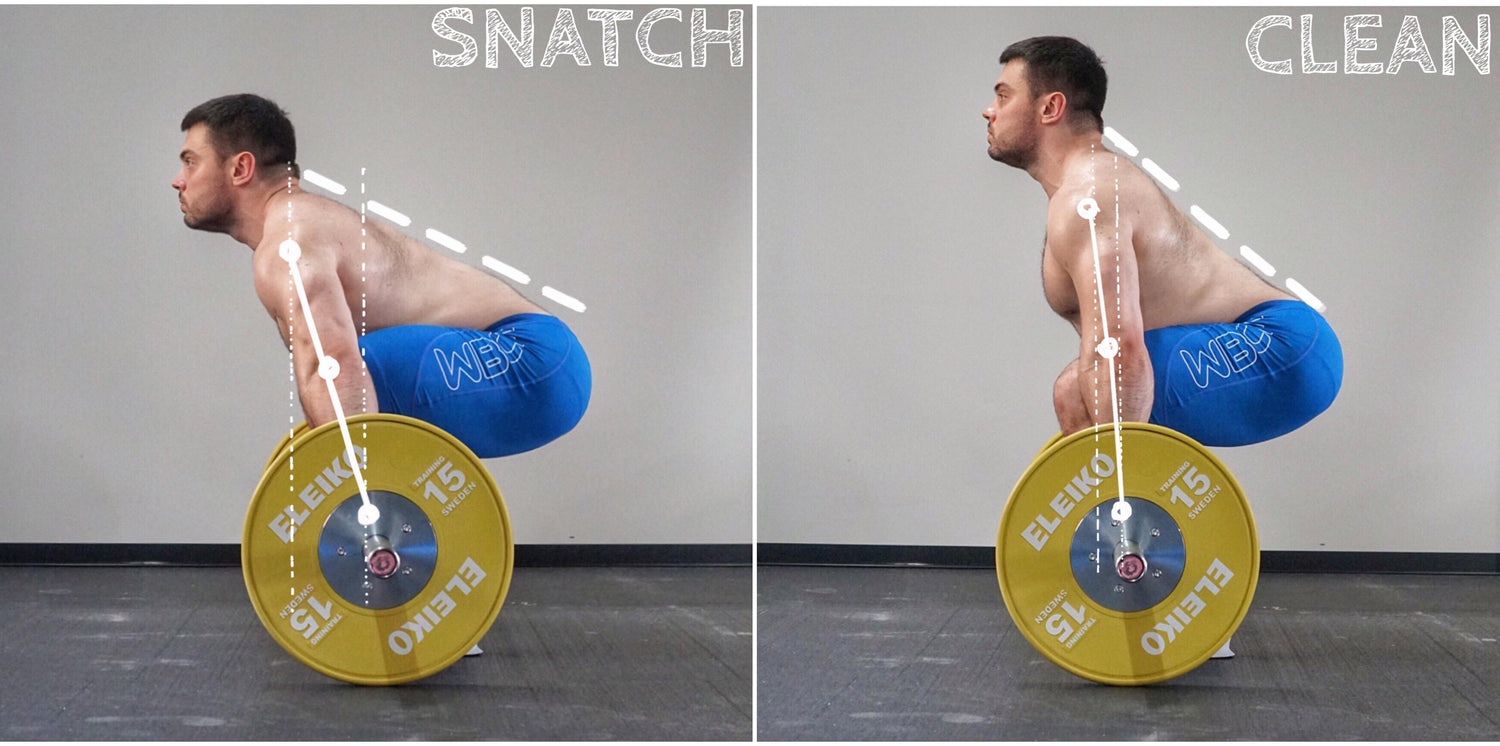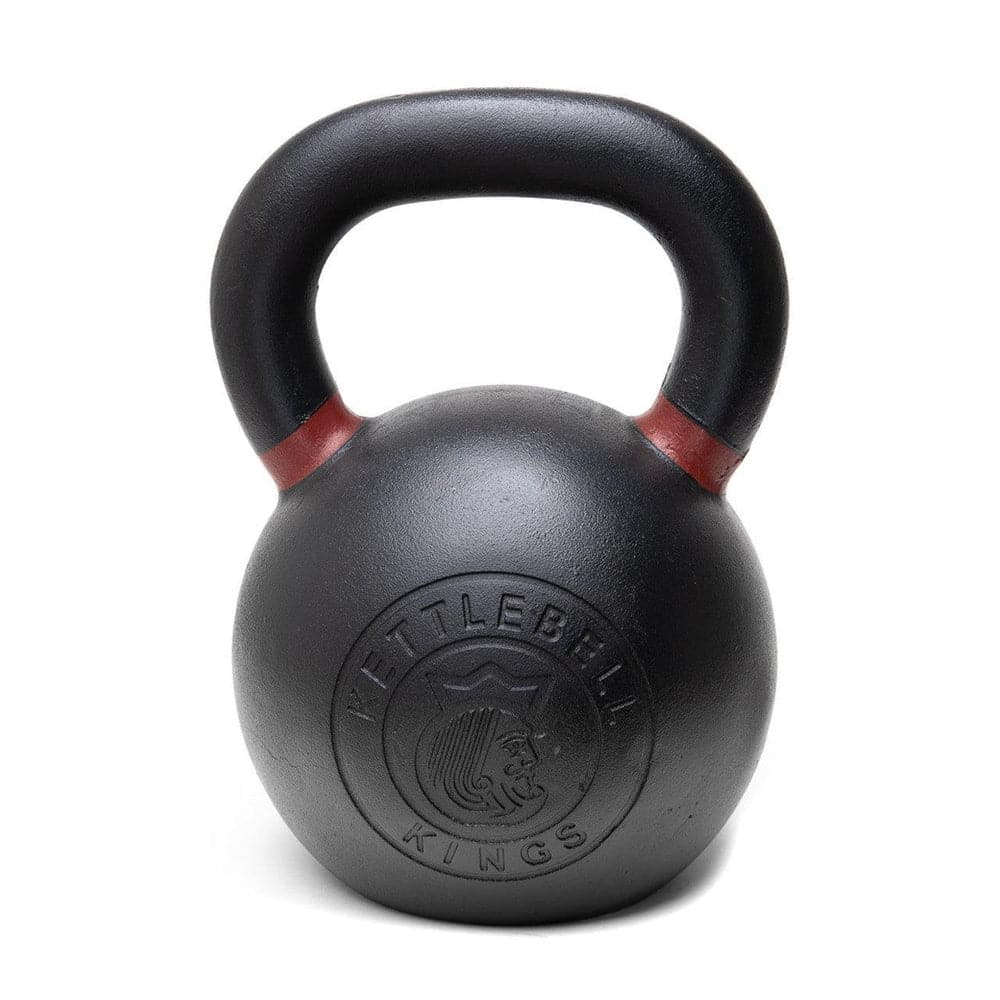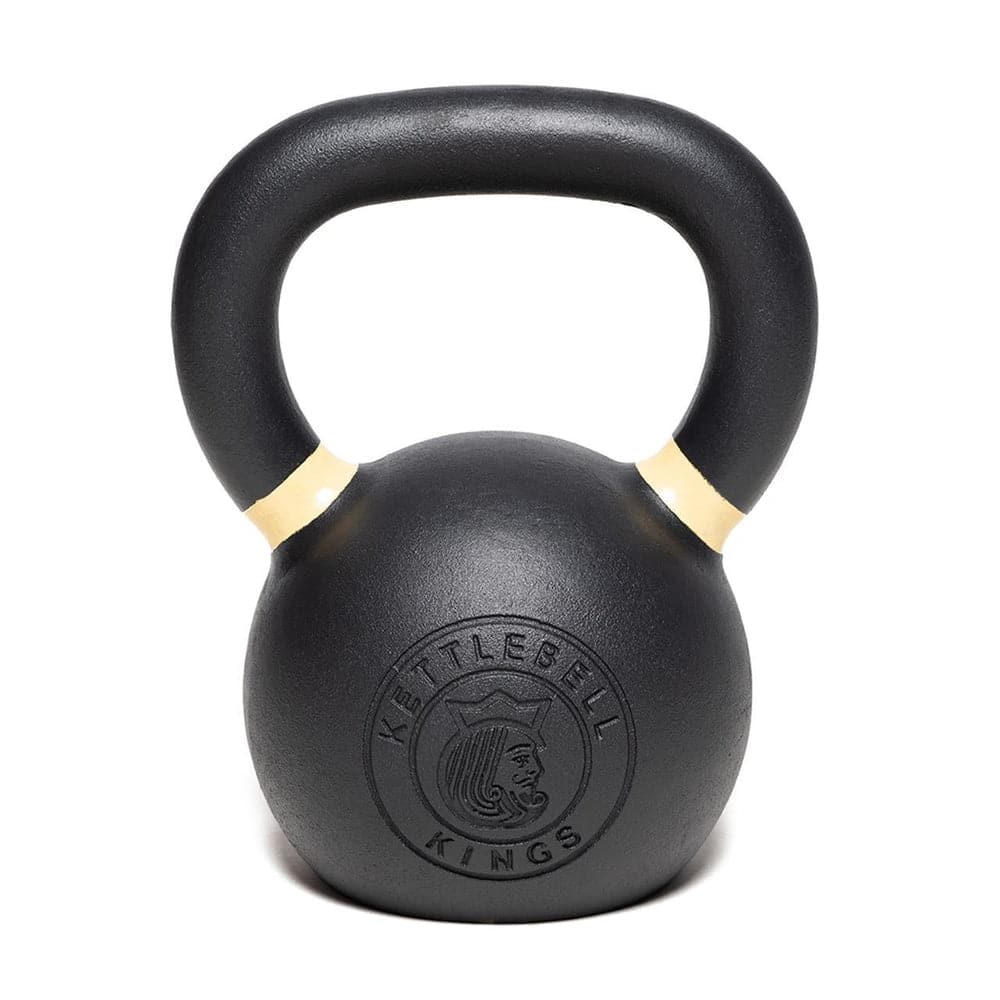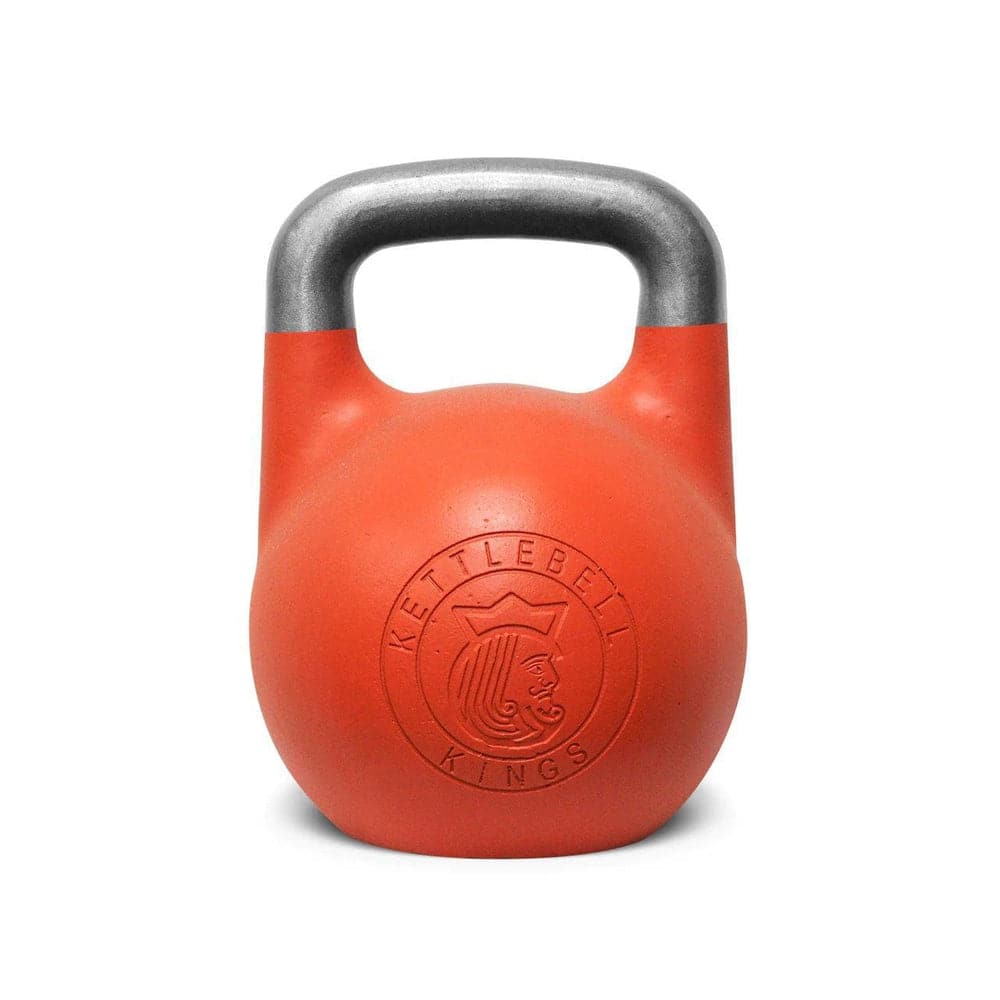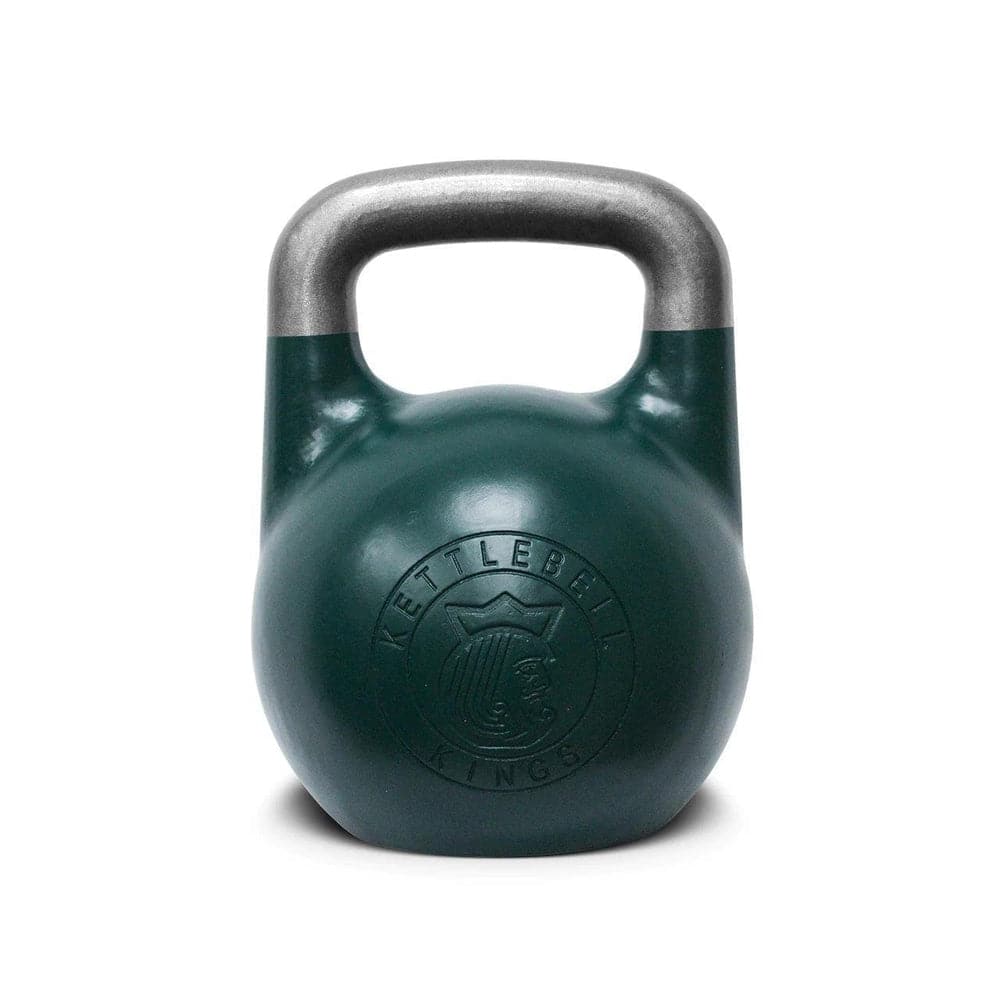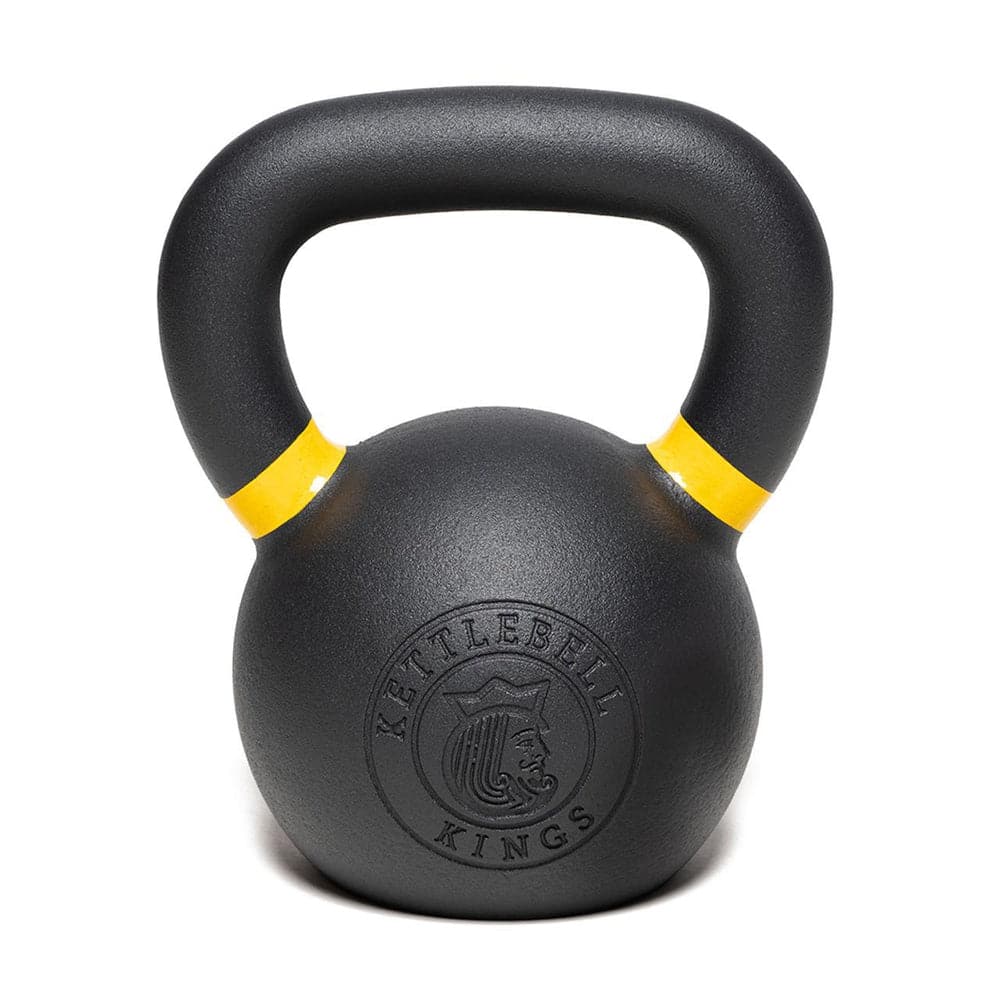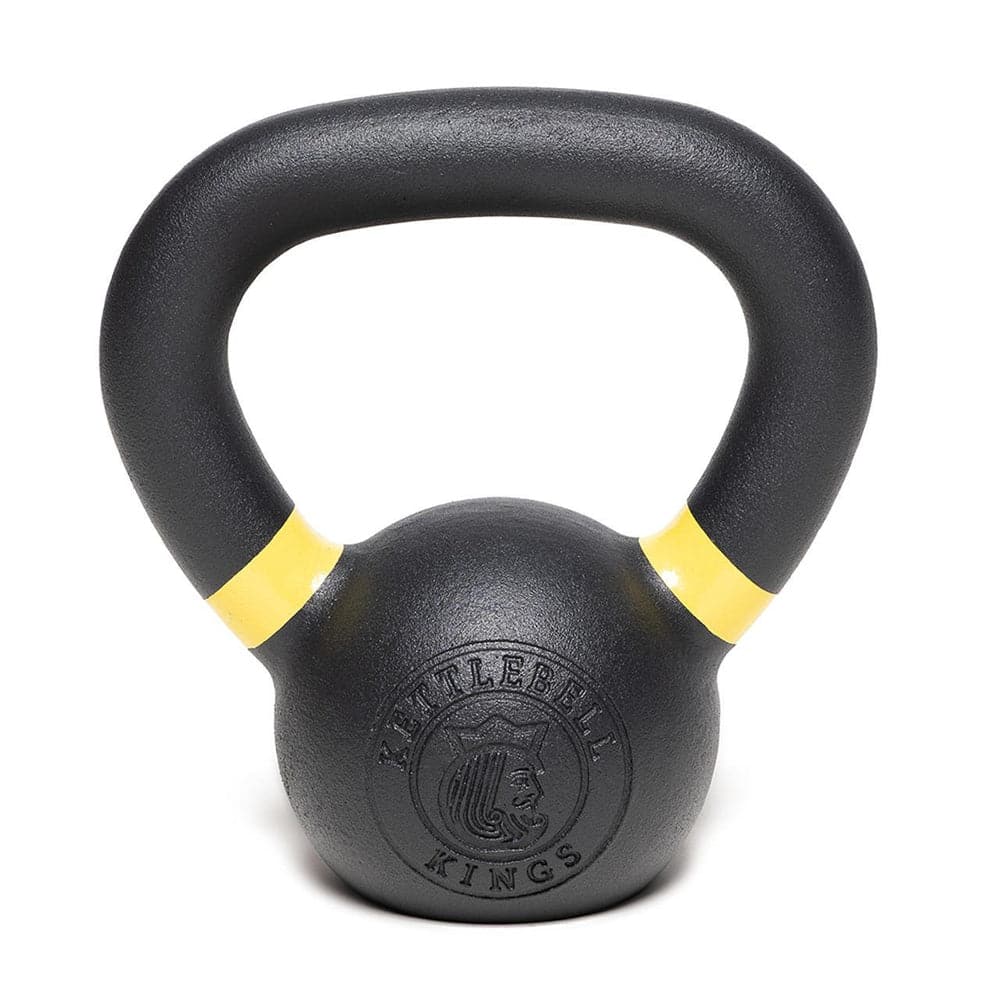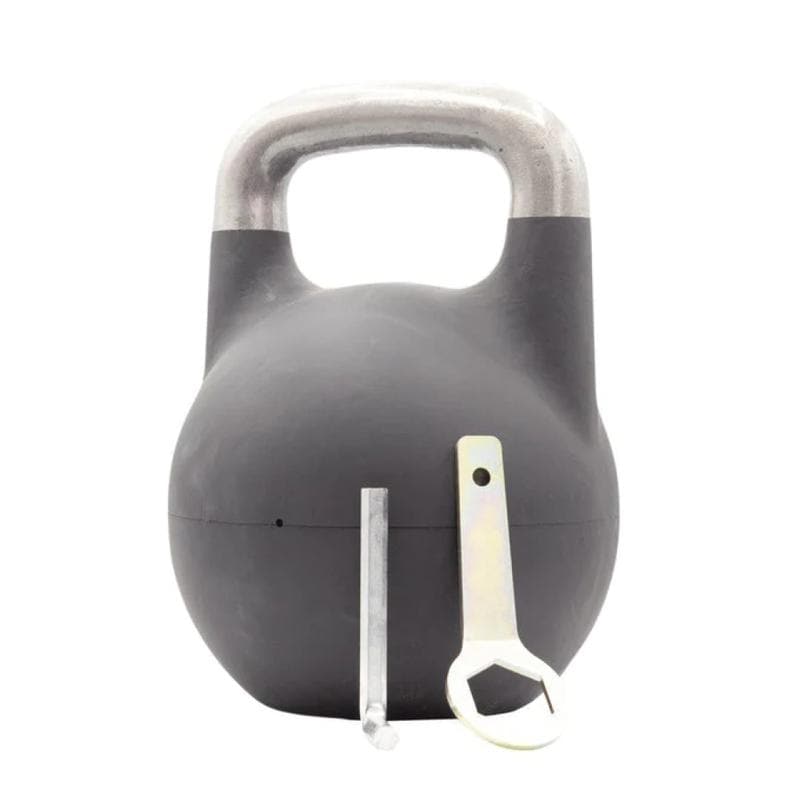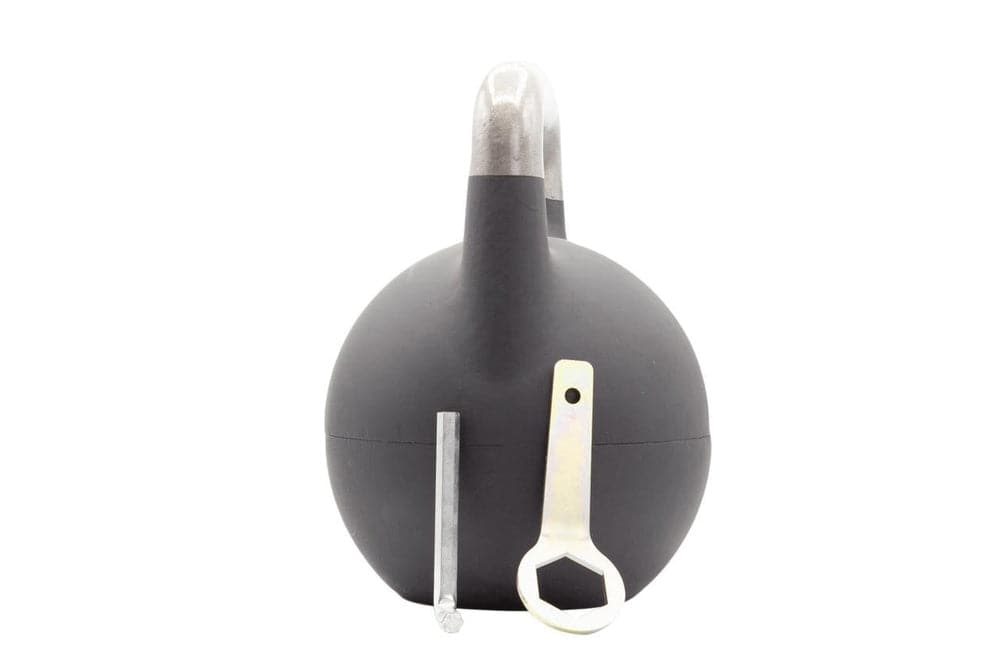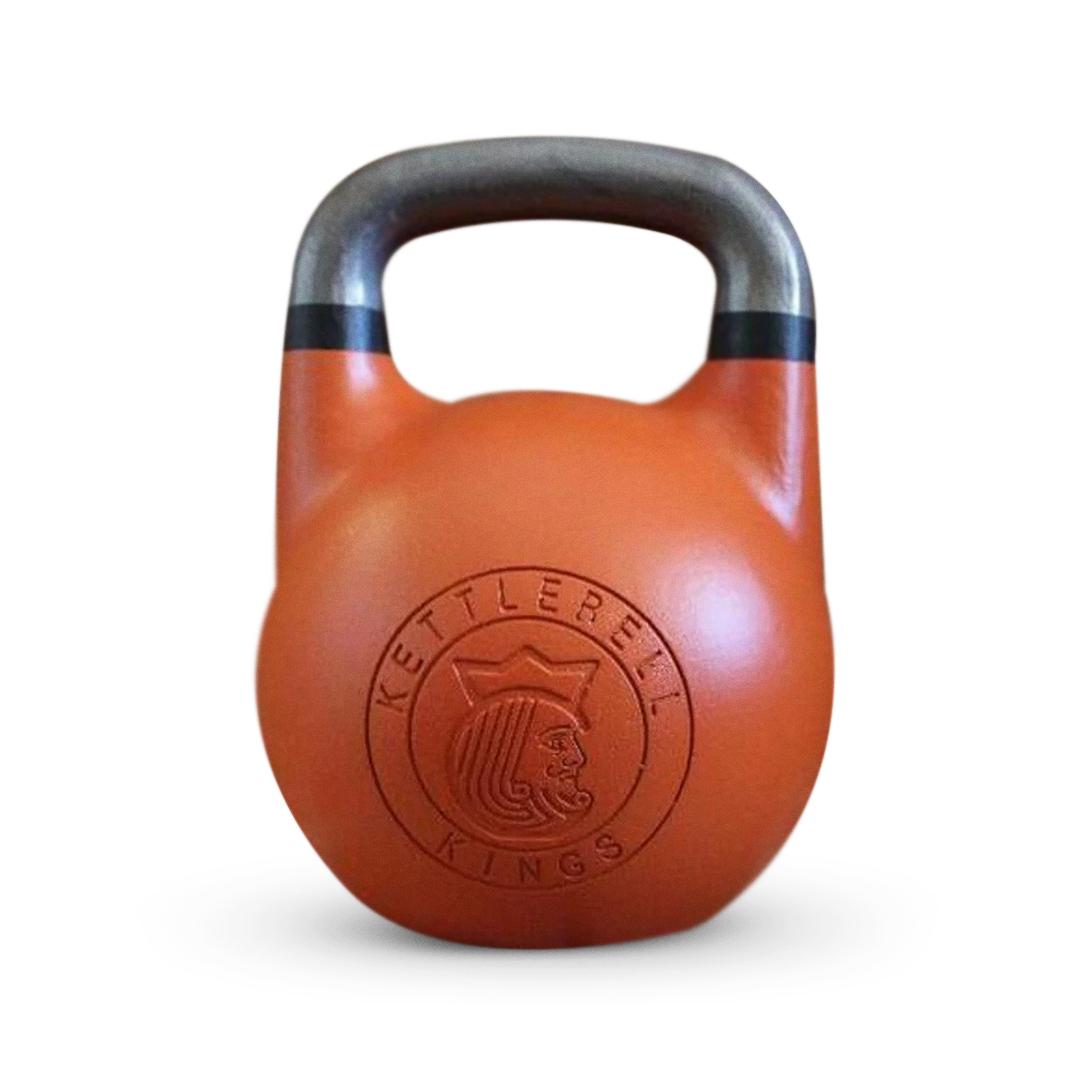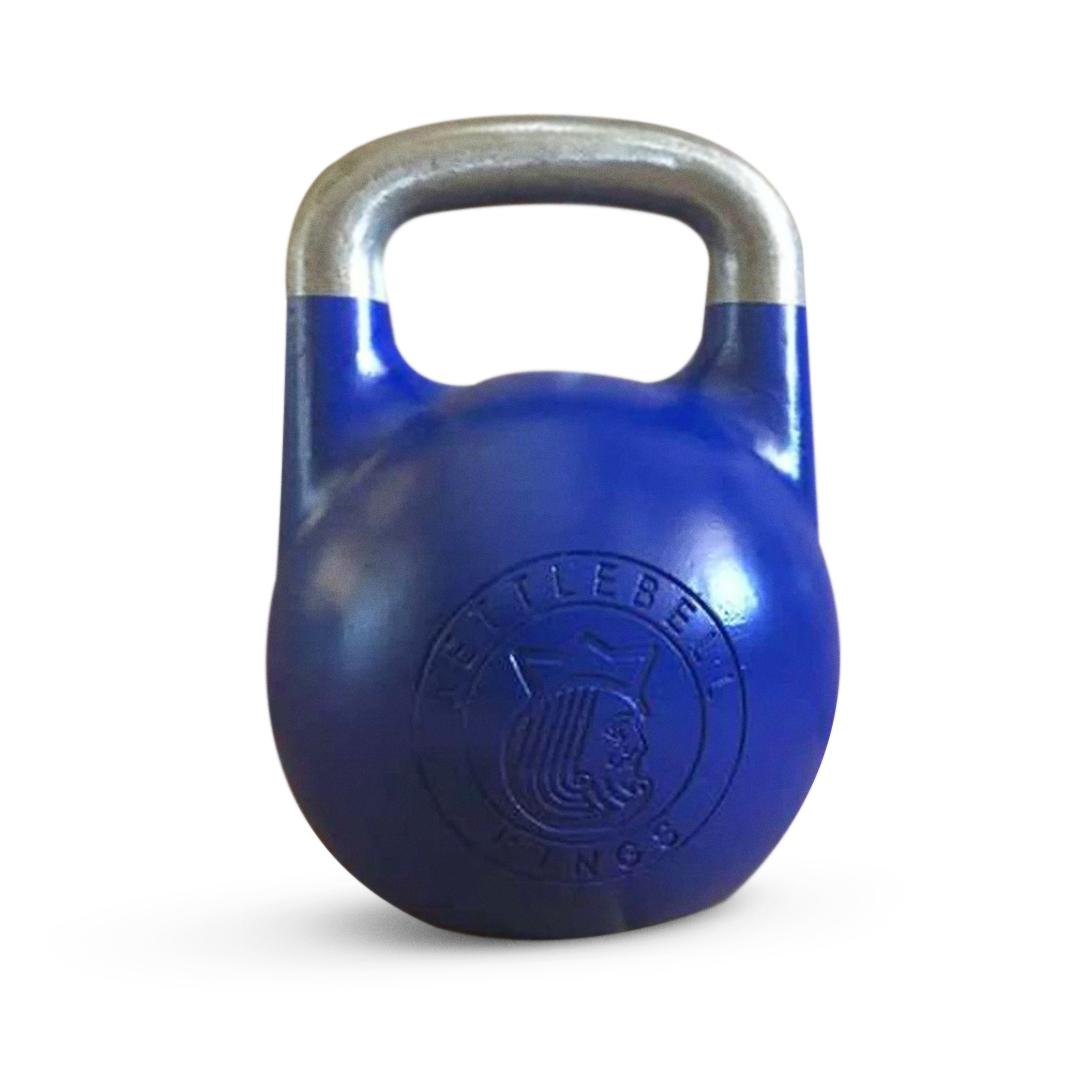The snatch and clean are not only foundational movements in weightlifting but also showcase the diverse skills and athleticism required in the sport. While the snatch emphasizes speed, coordination, and flexibility, the clean focuses on explosive power and strength. Understanding the nuances of these movements, from their execution styles to common mistakes and scientific principles, is essential for athletes aiming to excel in weightlifting competitions. By dissecting the semantic intricacies of the snatch and clean, we gain a deeper appreciation for the artistry and athleticism inherent in these iconic lifts.
In this comprehensive analysis, we'll delve into the semantic intricacies of the snatch and clean, exploring their differences, benefits, techniques, scientific principles, terminology, and grip variations.
Understanding the Difference: Snatch vs. Clean
The snatch and clean are both Olympic weightlifting movements that require explosiveness, coordination, and strength. However, their execution and emphasis differ:
In the snatch, the lifter lifts the barbell from the ground to overhead in one continuous motion. The grip is wide, and the barbell is caught in an overhead position with arms fully extended. The snatch emphasizes speed, flexibility, and full-body power.
In contrast, the clean involves lifting the barbell from the ground to the shoulders in two distinct phases. The lifter uses a narrower grip, pulls the barbell to the shoulders, and catches it in the front rack position. The clean emphasizes explosive strength, power generation, and lower body engagement
5 Big Differences
The snatch involves lifting the barbell from the ground to overhead in one continuous motion, while the clean requires lifting the barbell from the ground to the shoulders in two distinct phases. The snatch emphasizes speed and fluidity, requiring a seamless transition from the pull to the overhead squat position, while the clean focuses on explosive power and strength, necessitating a strong pull followed by a quick transition into the front rack position.
In the snatch, athletes use a wide grip on the barbell, with the hands positioned significantly wider than shoulder-width apart. This wide grip allows for a longer pull and overhead positioning. In contrast, the clean utilises a narrower grip, with the hands positioned just outside the hips and slightly wider than shoulder-width apart. This grip facilitates a more efficient pull to the shoulders and front rack position.
During the snatch, the barbell follows a vertical trajectory, travelling close to the body as it moves from the ground to overhead. This vertical path minimises horizontal displacement and requires precise technique to maintain control throughout the lift. In contrast, the clean involves a slightly angled barbell trajectory, with the barbell initially moving away from the body during the first pull before being pulled back towards the body in the second pull to reach the shoulders.
While both the snatch and clean engage multiple muscle groups, they emphasize different areas of the body. The snatch places greater emphasis on the shoulders, upper back, and core, as athletes must stabilize the barbell overhead during the squat portion of the lift. In contrast, the clean primarily targets the lower body muscles, including the quadriceps, hamstrings, and glutes, as athletes focus on generating power and explosiveness to lift the barbell to the shoulders.
The snatch is widely regarded as the more complex and technically demanding of the two lifts due to its overhead positioning and requirement for precise coordination and timing. Mastering the snatch requires meticulous attention to detail and extensive practice to perfect the movement pattern and achieve proficiency. In comparison, the clean is considered slightly less technically challenging, with a more straightforward movement pattern and fewer points of failure. However, both lifts demand dedication, focus, and consistent practice to achieve mastery and optimize performance.
Here's a comparison of snatch vs. clean to understand better
|
Aspect |
Snatch |
Clean |
|
Movement Pattern |
Barbell lifted from ground to overhead in one continuous motion |
Barbell lifted from ground to shoulders in two distinct phases |
|
Grip and Hand Placement |
Wide grip, hands positioned significantly wider than shoulder-width apart |
Narrow grip, hands positioned just outside hips, slightly wider than shoulder-width apart |
|
Barbell Trajectory |
Vertical trajectory, close to body throughout lift |
Slightly angled trajectory, initially moving away from body then pulled back towards body |
|
Muscle Engagement |
Emphasizes shoulders, upper back, and core |
Primarily targets quadriceps, hamstrings, and glutes |
|
Complexity and Technical Difficulty |
Considered more complex and technically demanding |
Slightly less technically challenging, with a more straightforward movement pattern |
This table provides a concise comparison of the key differences between the snatch and clean, highlighting their distinct movement patterns, grip and hand placements, barbell trajectories, muscle engagement, and levels of complexity and technical difficulty.

Proper Form and Technique: Snatch and Clean
Let's delve deeper into each exercise to understand their unique characteristics and benefits.
Snatch: How to do it
- Start with a wide grip on the barbell, slightly wider than shoulder-width apart.
- Initiate the lift by driving through the legs, keeping the back straight, and extending the hips and knees explosively.
- As the barbell reaches hip level, pull aggressively with the arms, shrug the shoulders, and keep the barbell close to the body.
- Continue pulling the barbell upward, transitioning into a full squat position under the bar.
- Catch the barbell overhead with arms fully extended and locked out, maintaining stability in the shoulders and core.
Clean: How to do it
- Begin with a grip on the barbell that is just outside the hips, with hands slightly wider than shoulder-width apart.
- Push through the floor with the legs, extending the hips and knees to accelerate the barbell upward.
- As the barbell reaches hip level, pull aggressively with the arms, keeping the barbell close to the body.
- Transition into a partial squat position, known as the power position, and quickly drop into a full squat as the barbell continues to rise.
- Catch the barbell on the shoulders in the front rack position, with elbows high and chest upright.
Muscles Worked
Both the snatch and clean are compound movements that engage multiple muscle groups throughout the body. Here's a breakdown of the primary muscles worked in each lift:
Muscles Worked in Snatch
- Quadriceps: The quadriceps are heavily engaged during the initial drive phase of the snatch as the lifter extends their knees and hips to lift the barbell off the ground.
- Hamstrings: The hamstrings assist in hip extension during the pull phase of the snatch, helping to generate power as the lifter lifts the barbell.
- Glutes: The glutes play a significant role in hip extension, contributing to the explosive power needed to lift the barbell overhead.
- Calves: The calves aid in stabilizing the ankles and lower legs during the upward phase of the snatch, particularly during the extension of the ankles.
- Upper Back (Trapezius and Rhomboids): The upper back muscles are engaged throughout the snatch to help maintain proper posture and control the barbell's trajectory.
- Shoulders (Deltoids): The deltoid muscles are heavily involved in the snatch, particularly during the transition phase as the lifter pulls the barbell overhead.
- Core (Abdominals and Obliques): The core muscles are engaged to stabilize the torso and maintain proper spinal alignment throughout the lift.
- Forearms and Grip: The forearms and grip muscles work to maintain a secure hold on the barbell throughout the lift, particularly during the catch phase.
Muscles Worked in Clean
- Quadriceps: The quadriceps are the primary movers during the initial phase of the clean, responsible for extending the knees to lift the barbell off the ground.
- Hamstrings: The hamstrings assist in hip extension during the pull phase of the clean, contributing to the upward movement of the barbell.
- Glutes: The glutes play a significant role in hip extension, providing power and explosiveness to lift the barbell to the shoulders.
- Lower Back (Erector Spinae): The lower back muscles are engaged to maintain proper spinal alignment and support during the lift.
- Upper Back (Trapezius and Rhomboids): The upper back muscles help to stabilize the shoulder blades and control the barbell's trajectory as it moves upward.
- Shoulders (Deltoids): The deltoid muscles are activated during the clean, particularly as the lifter pulls the barbell upward and transitions into the front rack position.
- Forearms and Grip: The forearms and grip muscles work to maintain a secure hold on the barbell throughout the lift, particularly during the catch phase.
- Core (Abdominals and Obliques): The core muscles engage to stabilize the torso and maintain proper posture throughout the lift, particularly during the catch phase.
Overall, both the snatch and clean are full-body movements that require coordination, power, and strength from various muscle groups. Incorporating these lifts into a training routine can lead to improvements in overall strength, power, and athleticism.
Benefits of Snatch and Clean
Snatch Benefits
- Develops explosive power and speed: The snatch is one of the most explosive lifts in weightlifting, requiring the lifter to generate immense power from the ground up to propel the barbell overhead in one continuous motion. This explosive movement recruits fast-twitch muscle fibers, enhancing power production and speed.
- Improves flexibility and mobility: Performing the snatch correctly demands a high degree of flexibility and mobility, particularly in the shoulders, hips, and ankles. Consistent practice of the snatch can help increase range of motion and overall mobility, reducing the risk of injury and improving performance in various athletic activities.
- Engages the entire body, including the upper back, shoulders, and core: The snatch is a full-body exercise that engages multiple muscle groups simultaneously. It targets the upper back, shoulders, and core muscles, promoting overall strength and stability. A strong and stable core is essential for efficient transfer of force during the lift.
- Enhances coordination and balance: The snatch requires precise timing, coordination, and balance to successfully receive the barbell in an overhead squat position. Developing these skills through snatch training can translate to improved body control and proprioception, benefiting athletes in various sports.
Clean Benefits
- Builds explosive strength and power: Similar to the snatch, the clean is an explosive lift that demands the generation of significant force from the ground up. This movement helps build explosive strength and power in the lower body, which can benefit athletes in sports that require bursts of power, such as sprinting, jumping, and throwing.
- Targets the lower body muscles, including the quadriceps, hamstrings, and glutes: The clean heavily recruits the lower body muscles, particularly the quadriceps, hamstrings, and glutes. Consistent clean training can lead to increased muscle mass and strength in these crucial muscle groups, enhancing overall lower body power and performance.
- Develops grip strength and shoulder stability: The clean requires a strong grip to maintain control of the barbell throughout the lift. Additionally, the receiving position of the clean demands shoulder stability and strength to support the weight overhead. Regular practice of the clean can improve grip strength and shoulder stability, which are essential for various athletic endeavors.
- Promotes athleticism and functional movement patterns: The clean is a compound exercise that involves multiple joints and muscle groups working together in a coordinated manner. This functional movement pattern mimics real-life activities and athletic movements, promoting overall athleticism, balance, and body control.
By incorporating the snatch and clean into a training program, athletes and fitness enthusiasts can reap numerous benefits, including increased power, strength, mobility, coordination, and overall functional performance.
Choosing the Right Exercise
When deciding between the snatch and clean, it's essential to consider your fitness goals, training experience, and individual strengths and weaknesses:
- Choose the Snatch if: You prioritize speed, agility, and full-body power. The snatch is a highly technical lift that requires precision and coordination but offers immense benefits for athletes looking to enhance their explosiveness and athleticism.
- Choose the Clean if: You seek to build strength, power, and muscle mass in the lower body. The clean is a more straightforward movement compared to the snatch and is ideal for individuals focused on developing explosive strength and power in the legs and hips.
Ultimately, both the snatch and clean are valuable additions to any strength training program, offering unique benefits and challenges. By understanding the differences between these two movements and selecting the one that aligns with your goals and abilities, you can maximize your training efficiency and progress towards your fitness aspirations. Whether you choose to master the snatch or clean, dedication, consistency, and proper technique are key to success in the world of weightlifting.
Conclusion
The snatch and clean are not merely exercises in the sport of weightlifting; they are demonstrations of strength, power, and athleticism. These iconic lifts demand a combination of explosive force, precise technique, and unwavering focus, making them true tests of an athlete's physical and mental fortitude.
While the snatch emphasizes speed, coordination, and full-body integration, the clean highlights explosive lower body power and functional movement patterns. Mastering either lift requires dedication, perseverance, and a deep understanding of the intricacies involved.
Incorporating the snatch and clean into a training regimen offers a myriad of benefits that extend far beyond the weightlifting platform. From developing exceptional mobility and flexibility to enhancing core stability and grip strength, these lifts have the potential to elevate an athlete's overall performance, regardless of their chosen sport.
Ultimately, the decision to pursue the snatch or clean should be guided by individual goals, strengths, and preferences. For those seeking to cultivate speed, agility, and full-body power, the snatch may be the ideal choice, while those focused on building explosive lower body strength and functional movement patterns may gravitate towards the clean.
Regardless of the path chosen, the journey to mastering these lifts is a testament to the pursuit of excellence and the relentless pursuit of physical and mental fortitude. The snatch and clean stand as monuments to the human spirit's ability to push boundaries, defy limitations, and continuously strive for greatness in the realm of athletic achievement.








